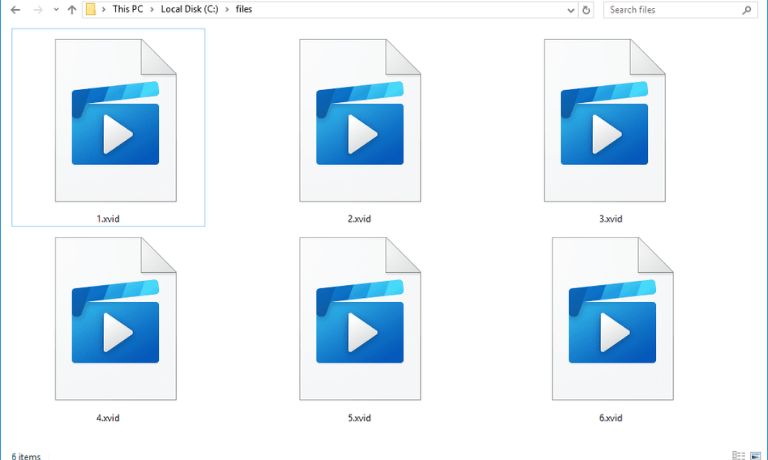If you’ve ever downloaded a movie or video and noticed the file ending with .xvid, you may have wondered what it is. XVID files can seem confusing, especially since they don’t open with every player by default. Are they safe? Do you need extra software to play them? Let’s clear up the basics.
What Is an XVID File?

An XVID file is not really a separate file format—it’s a video encoded with the Xvid codec. Xvid is an open-source project based on the MPEG-4 Part 2 standard. It was designed to compress digital video into smaller file sizes while maintaining high quality.
Most of the time, XVID videos are stored inside AVI files, though they can also appear in formats like MP4. In the early 2000s, Xvid was popular for distributing movies and TV shows because it balanced quality with smaller file sizes that were easier to share online.
XVID vs DivX: What’s the Difference?
XVID and DivX are often mentioned together because they’re built on similar technology. Both are video codecs used for compression, but there are key differences:
- DivX → Proprietary, owned by DivX, Inc.
- Xvid → Open-source and free to use.
- Compatibility → DivX-certified DVD players often also support Xvid, but not always the other way around.
So if you see “.xvid,” you’re dealing with the open-source version of this type of video compression.
How to Open XVID Files on Different Devices
You don’t need to install shady “codec packs” to play an XVID video. Most modern media players already support it. Here’s how:
Windows and macOS
- VLC Media Player (free, supports XVID out of the box)
- Windows Media Player (may need extra codec installed)
- MPC-HC (lightweight Windows player)
Linux
- VLC or SMPlayer work without issues.
Mobile (Android/iOS)
- VLC mobile app
- MX Player (Android)
- KMPlayer (cross-platform)
In short, VLC Media Player is the safest and easiest option for nearly every device.
Converting XVID Files If They Don’t Play
If your current player won’t handle the file, conversion is an option. You can change XVID-encoded videos into formats like MP4 or MKV using free tools:
- HandBrake – easy-to-use video converter
- FFmpeg – command-line tool with powerful options
- Any Video Converter – user-friendly interface
- Online converters – quick but less secure, best avoided for sensitive files
Are XVID Files Safe?
The Xvid codec itself is completely safe. It’s a legitimate open-source project that’s been around for decades. The risk doesn’t come from the codec, but from the source of the file.
- Safe: An XVID video from a trusted source (like a personal recording or a reliable distributor).
- Unsafe: Files downloaded from shady sites, torrent platforms, or spam email attachments. These can contain malware disguised as “.xvid” videos or prompt you to install fake codec packs.
To stay safe:
- Stick to trusted download sources.
- Scan files with antivirus software.
- Never install random codec packs from unknown sites.
Modern Alternatives to XVID
XVID was popular in the early 2000s, but technology has since advanced. Today, most videos use H.264 (AVC) or H.265 (HEVC) for better quality and smaller file sizes. Streaming platforms like Netflix, YouTube, and TikTok rely on these newer codecs.
Still, XVID hasn’t disappeared. Many older videos online were encoded with it, so you may still run into .xvid files occasionally.
Final Thoughts
XVID files are simply videos compressed using the Xvid codec. They’re safe to use as long as the file itself comes from a trustworthy source. To open them, use a reliable player like VLC or convert them to MP4 if needed.
So, are XVID files safe? Yes—but only if you’re cautious about where they come from. Treat them like any other downloaded file: trusted sources are fine, sketchy ones are risky.
I’ve been into SEO and blogging for over 7 years. I help websites show up higher on search engines. I really enjoy writing helpful guides, especially about gaming and tech stuff.
